You can efficiently prepare a project for the client or the printing house by packaging the data in Adobe InDesign. The packaging process ensures that all necessary files, fonts, and links are collected in a single folder. This guide shows you how to organize and prepare your InDesign data with just a few clicks, so your client receives everything they need.
Key Insights
- You can easily and quickly bundle the entire project.
- Important files like fonts and graphics can be automatically included.
- It is important to customize the packaging process according to the specific requirements of the printing house.
Step-by-Step Guide
To begin with the packaging, open your project in Adobe InDesign. First, look for the ‘Package’ option, which can be found under the 'File' menu. You can capture the specific application of this feature in screenshots.
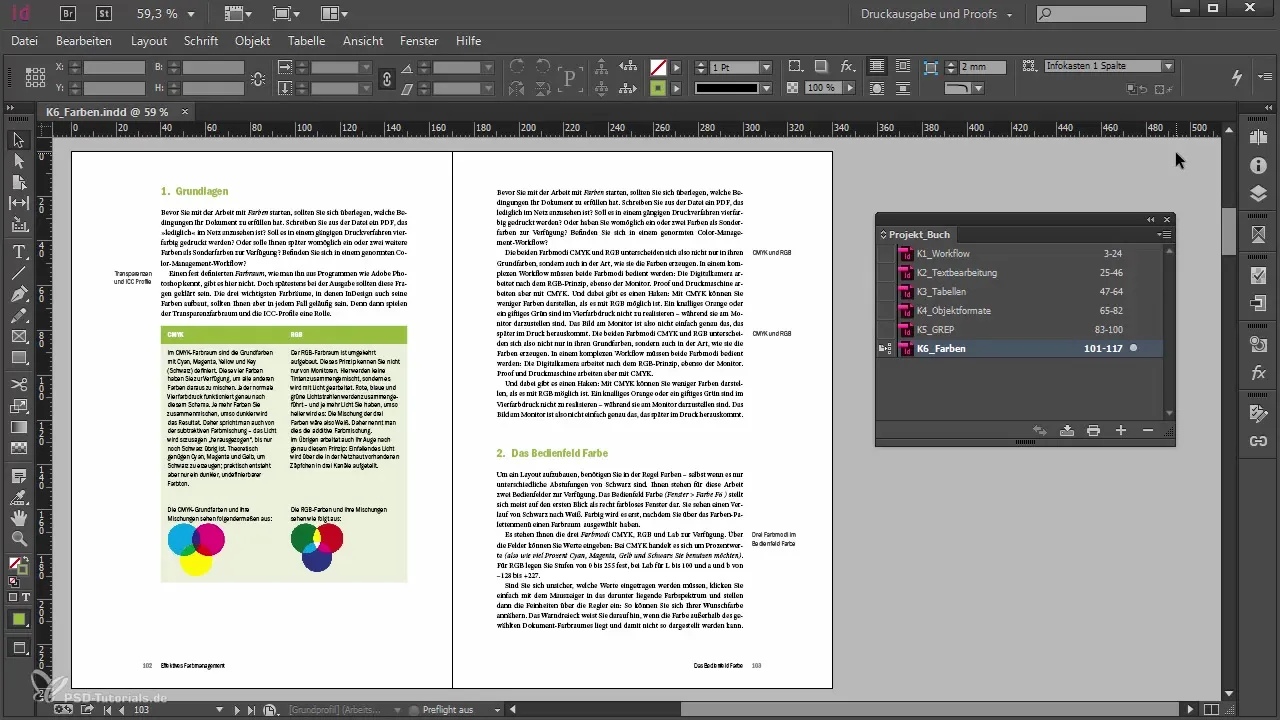
A clear overview of your data is particularly important. Consider whether you want to provide the client with the open InDesign files including all image files, or if you need a print-ready PDF. The decision about the content of your package also affects the later workflow. Ensure that you carefully consider the requirements for data transfer in advance.
Since you may have multiple layouts in a book, you need to decide which documents should be packaged. It's best to choose "Package Book for Print" to export entire book projects at once. Select the relevant files before proceeding.
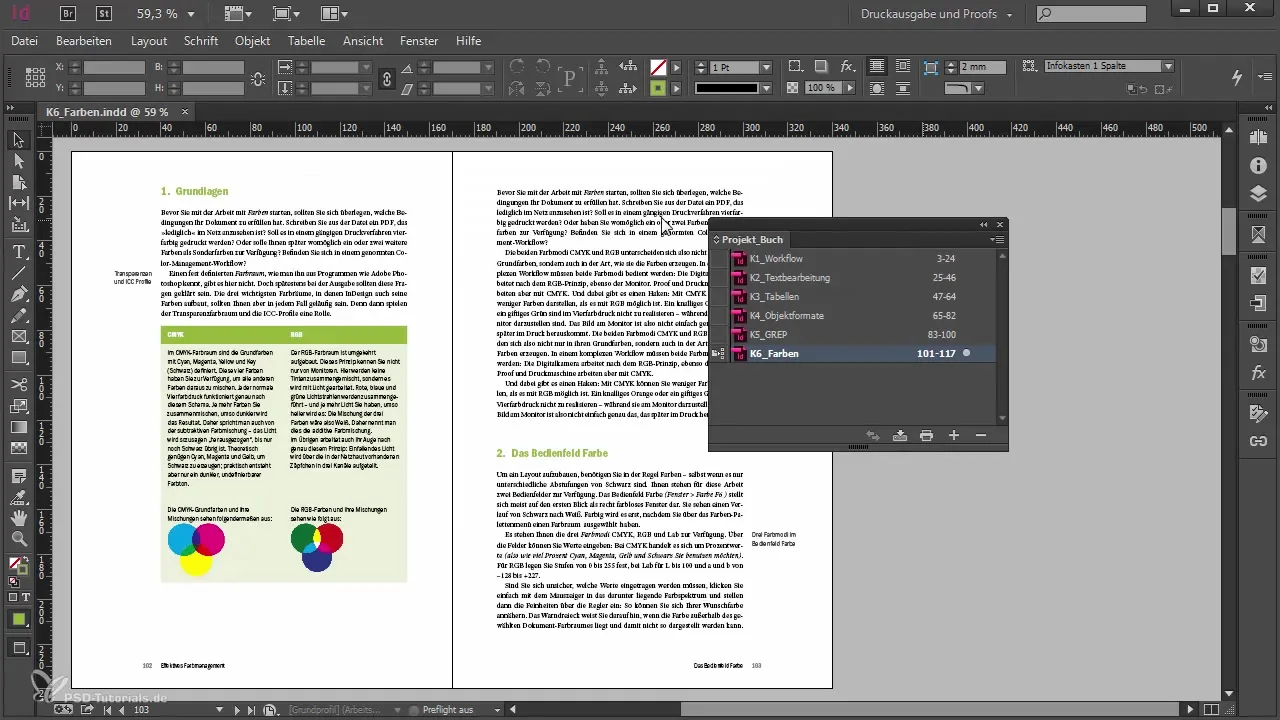
InDesign gives you an overview of the files included in the package. Check if all fonts and graphics are correctly linked. If fonts are missing or if there are other warnings, this will be displayed in the overview. Navigate through the various categories to get information about the fonts and graphic files used.
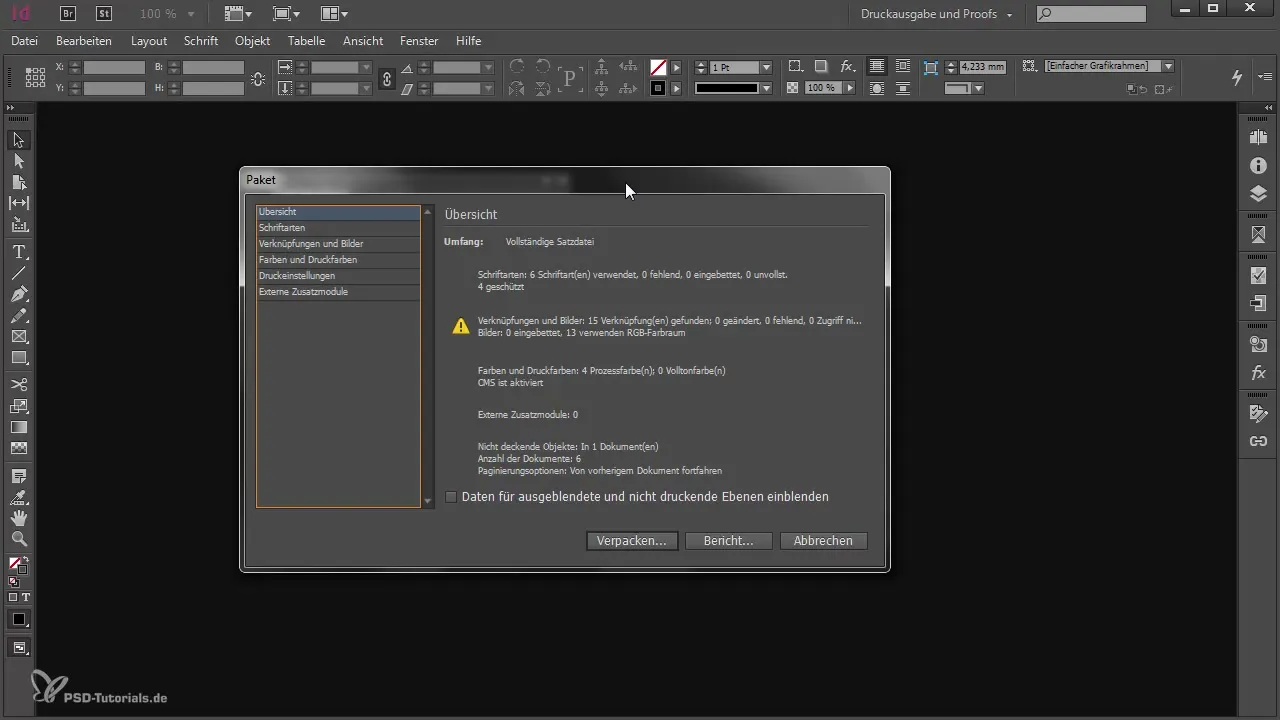
Under the category "Links," you can check the status of the images. If they are correctly linked and present, this will be indicated. Resolve any issues before continuing with the packaging.
If all information about your document is correct, click on "Package." In the next dialog box, you can enter important information about your company. This way, the client will receive a TXT file in the new folder that contains all the necessary contact details.
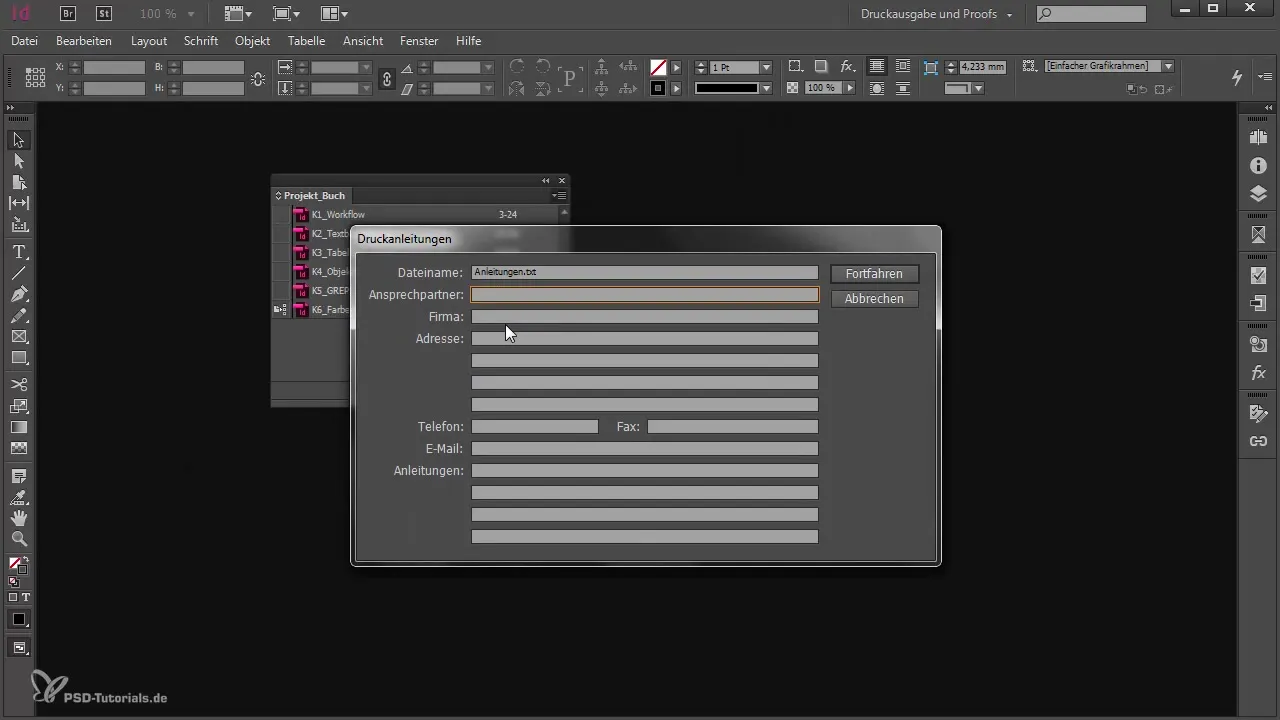
The next step takes you to the option to name the folder in which all files will be stored. Give it a meaningful name that makes it easier for the client to understand the delivery.
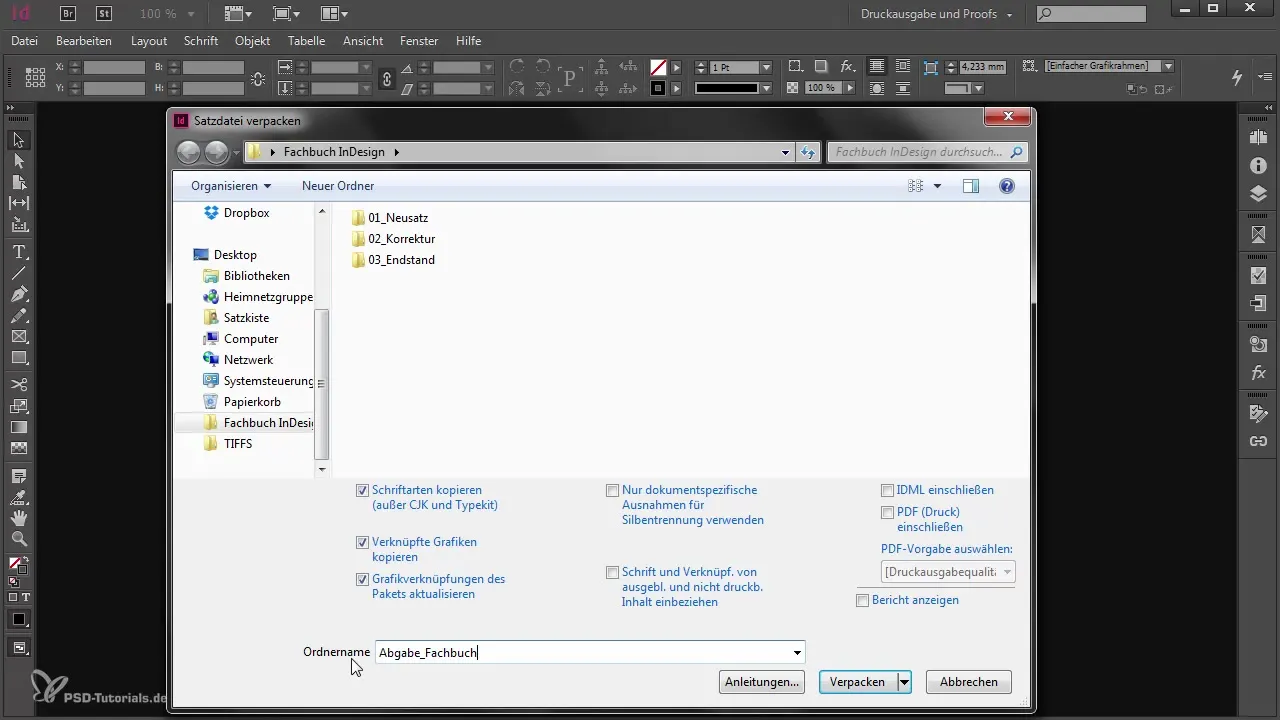
You now have the option to make further settings. Choose whether the fonts and graphics as well as the links should be updated correctly. Don't forget to enable the option for IDML files if the client is working with an older version of InDesign. Be aware that there can be layout changes when exchanging IDML data compared to the different versions.
If everything is set up correctly, click on “Package” and confirm the license terms for the fonts used. The document will now be processed, and all required data will be copied to the newly created folder.
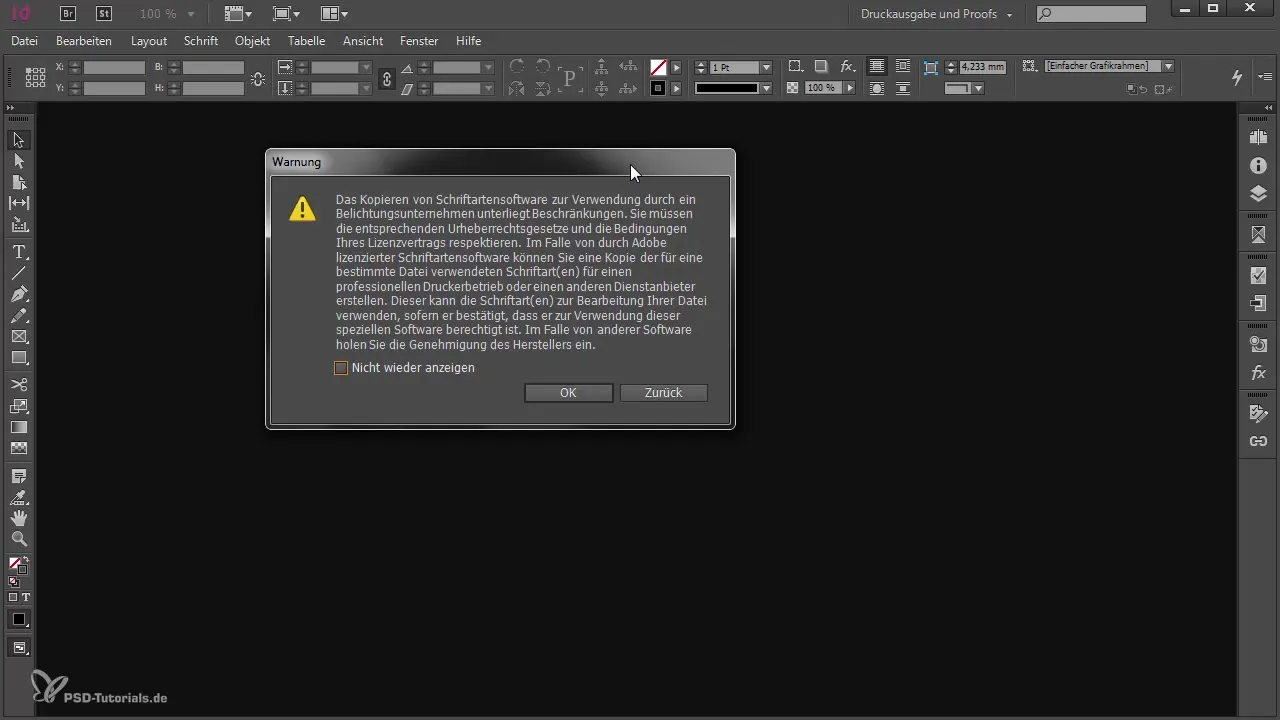
The completed documents you have packaged can now be found in a separate folder, typically named “Submission Textbook.” You can also find the TXT file here, which you can adjust if necessary to ensure that the client receives all the necessary information.
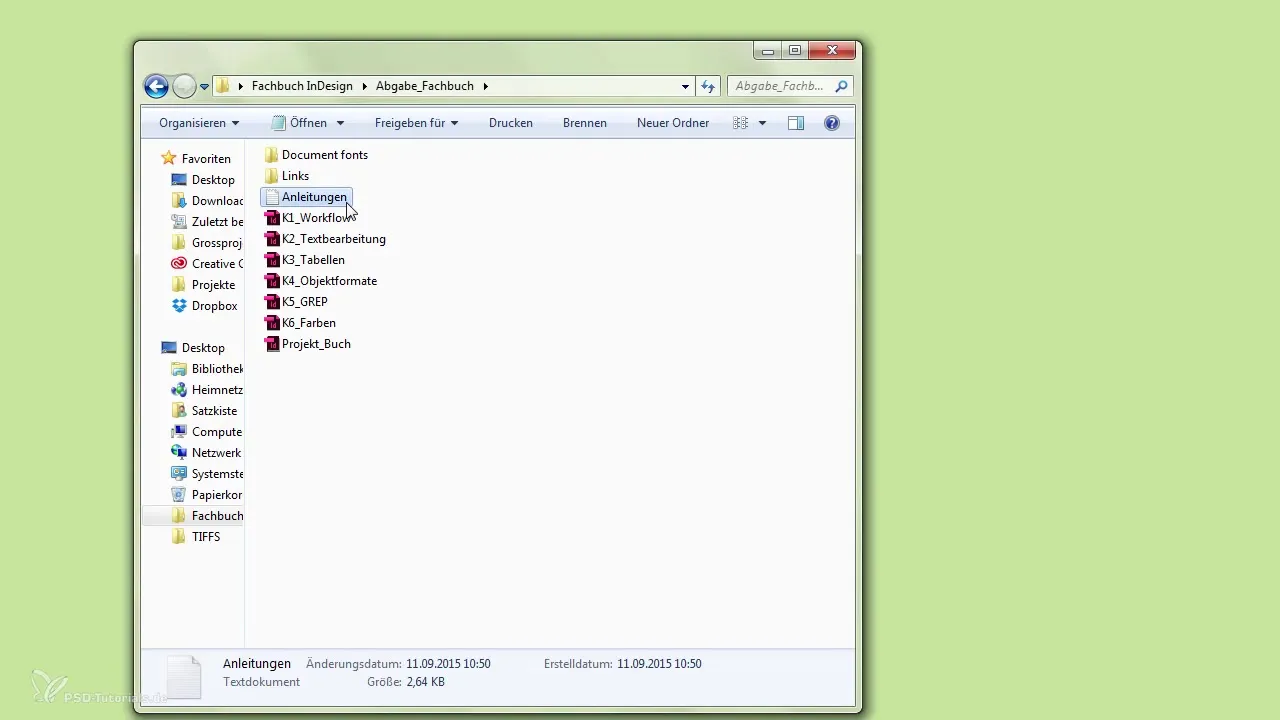
All required fonts, graphics, and other files are now ready in a tidy package for the client. Make sure not to copy the embedded Typekit fonts into the folder; instead, the client should be able to synchronize these directly via Adobe Typekit.
Summary
Packaging InDesign data is a quick and efficient process to organize all relevant information for your client. Pay attention to complete data verification and customize the packaging process to meet the needs of the printing house. This ensures that all files are transferred correctly.
Frequently Asked Questions
How do I package my InDesign files for printing?Use the “Package Book for Print” function in the “File” menu.
What happens to missing fonts during packaging?Missing fonts will be displayed in the overview; you should fix them beforehand.
How can I ensure that all images are included in my package?Check the "Links" category for any missing files.
What is the advantage of an IDML file?The IDML file ensures that your client can open the data in older InDesign versions as well.
Are all fonts automatically included in the package?No, Typekit fonts are not packaged; the client needs to sync them separately.


